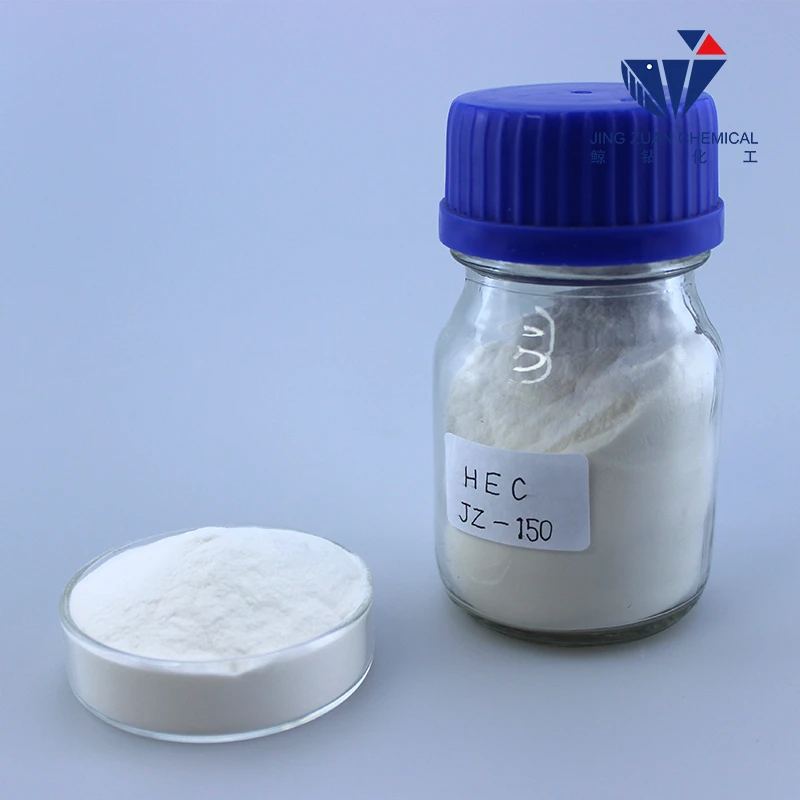
nov . 07, 2024 23:40 Back to list
Understanding Redispersible Polymer Powder and Its Applications in Modern Construction
Understanding Redispersible Polymer Powder An Essential Component in Modern Construction
Redispersible polymer powder (RPP) is becoming increasingly vital in various industries, particularly in construction and building materials. This innovative product consists of polymer emulsions that have been spray-dried into fine powders. When mixed with water, these powders can restore the original properties of the polymer emulsions. RPP offers several benefits, making it an essential ingredient in many applications, including adhesives, tile adhesives, cement-based mortars, and more.
The Composition of Redispersible Polymer Powder
Typically, RPPs are derived from various types of polymers, including but not limited to ethylene-vinyl acetate (EVA), styrene-acrylics, and vinyl acetate-ethylene (VAE) copolymers. These polymers are initially produced in an emulsion form and, through processes such as spray drying, they are transformed into a free-flowing powder that can easily be transported and stored. This transformation maintains the integrity of the polymer, allowing it to be re-dispersed in water upon mixing, thereby regaining its beneficial properties.
Applications in Construction
In the construction industry, redispersible polymer powders are primarily incorporated into dry-mix mortars, adhesives, and coatings. When added to cement-based mixes, RPP enhances the flexibility, adhesion, and overall mechanical strength of the final product. For instance, in tile adhesives, the use of RPP improves water resistance and prevents cracking, making it a preferred choice for both professional builders and DIY enthusiasts.
Beyond tile adhesives, RPP is also extensively used in self-leveling compounds, thin-bed mortars, and patching compounds. The ability of RPP to improve the workability and adhesion of these materials makes it an indispensable component in modern construction practices. Furthermore, the incorporation of RPP into external wall systems provides a layer of weather resistance, beneficial in a variety of climates.
Environmental Benefits
redispersible polymer powder wiki

The use of redispersible polymer powders not only enhances performance but can also contribute to more environmentally friendly construction practices. By improving the efficiency of building materials, RPP can reduce the overall amount of material required, leading to less waste. Additionally, RPP often allows for lower emissions of volatile organic compounds (VOCs) compared to traditional systems, making it a more sustainable choice for eco-conscious construction.
Handling and Professional Considerations
While RPP brings numerous benefits to construction, proper handling and mixing are essential to achieve the desired results. Workers should wear appropriate protective gear to prevent inhalation of fine powders during mixing. It’s crucial to follow specific guidelines for water addition and mixing times to ensure optimum performance and quality of the final product.
Future Trends
As the construction industry continues to evolve, the demand for redispersible polymer powders is expected to grow. Ongoing research is being directed towards enhancing the performance properties of these powders and developing new formulations that cater to diverse applications. Innovations may lead to smarter, more efficient building materials that can withstand harsh environmental conditions while minimizing their carbon footprint.
Conclusion
In summary, redispersible polymer powder is a crucial component in modern construction, offering improved adhesion, flexibility, and durability to various building materials. Its ability to enhance product performance while contributing to sustainable practices places it at the forefront of construction innovation. As industries strive for efficiency and quality, RPP is likely to play an increasingly significant role in shaping the future of building and construction techniques.
-
Unlocking the Benefits of HPMC Products: A Gateway to Versatile Applications
NewsAug.07,2025
-
Tile Bonding Cellulose: The Key to Superior Adhesion and Durability
NewsAug.07,2025
-
Hydroxypropyl Methylcellulose Powder: The Versatile Component in Modern Pharmaceuticals
NewsAug.07,2025
-
Hydroxyethyl Cellulose: The Versatile Solution for Various Industries
NewsAug.07,2025
-
Hydroxyethyl Cellulose (HEC): The Versatile Polymer for Various Applications
NewsAug.07,2025
-
The Ultimate Guide to Mortar Bonding Agent
NewsAug.06,2025







